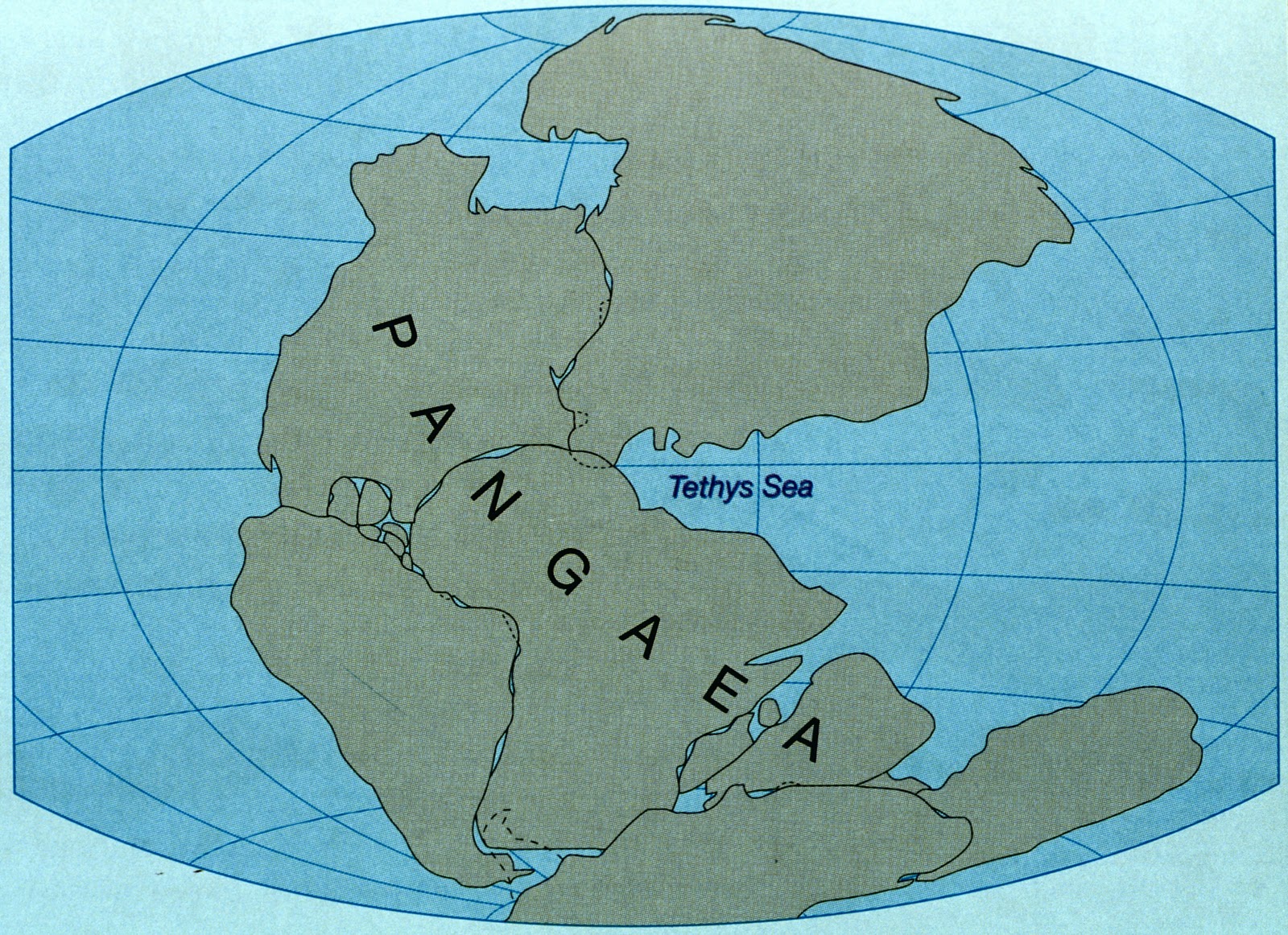Scientists predict a new supercontinent pangaea ultima to form in the next 300 million years
Scientists predict a new supercontinent, Pangaea Ultima, to form in the next 300 million years.

A fascinating prediction made by scientists suggests that in the next 300 million years, Earth’s continents will once again merge to form a new supercontinent. This hypothetical supercontinent is called Pangaea Ultima, derived from the ancient supercontinent Pangaea that existed around 300 million years ago.
Pangaea Ultima is envisioned to arise as a result of the ongoing tectonic movement of Earth’s plates. Over geological timescales, the continents are constantly shifting due to plate tectonics, which is the motion of large sections of the Earth’s lithosphere. This movement can be observed through the separation of continents or the collision of landmasses.
The concept of Pangaea Ultima is based on the observation that the continents are currently moving towards each other. The Atlantic Ocean, for example, is gradually widening as the Americas move away from Europe and Africa. Meanwhile, the Pacific Ocean is shrinking as the Pacific Ring of Fire causes landmasses to collide and converge.

According to scientists, this ongoing movement will eventually lead to the next supercontinent, Pangaea Ultima. Its formation would dramatically reshape the face of the Earth, as various continents collide and merge once again. However, it is essential to note that such predictions are based on models and simulations and may not be entirely accurate.
Pangaea Ultima is expected to form in the future, but it will take millions of years for this process to unfold fully. As the continents continue to shift, scientists believe that this new supercontinent will likely arise in a location different from that of the original Pangaea. The configuration of the Earth’s landmasses would be altered, and familiar coastlines and continental boundaries would be rearranged.
This prediction fuels scientific curiosity, as understanding the formation of supercontinents can provide insights into the geological history of our planet. By studying the movement of Earth’s plates and the formation of landmasses, scientists hope to unravel the mysteries of our planet’s past and anticipate its future.
While we may not be around to witness the formation of Pangaea Ultima, it serves as a reminder of the constant dynamic nature of our planet. The evolution of Earth’s continents and the intricate dance of tectonic plates continue to shape the world we live in. By exploring these distant predictions, we gain a deeper appreciation for the marvelous forces that have shaped our planet throughout its history.
Source: Wikipedia - Pangaea Proxima
Related Posts
Quick Links
Legal Stuff